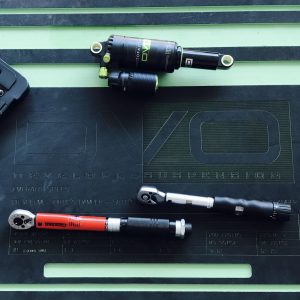The Amazing World of the Torque Wrench
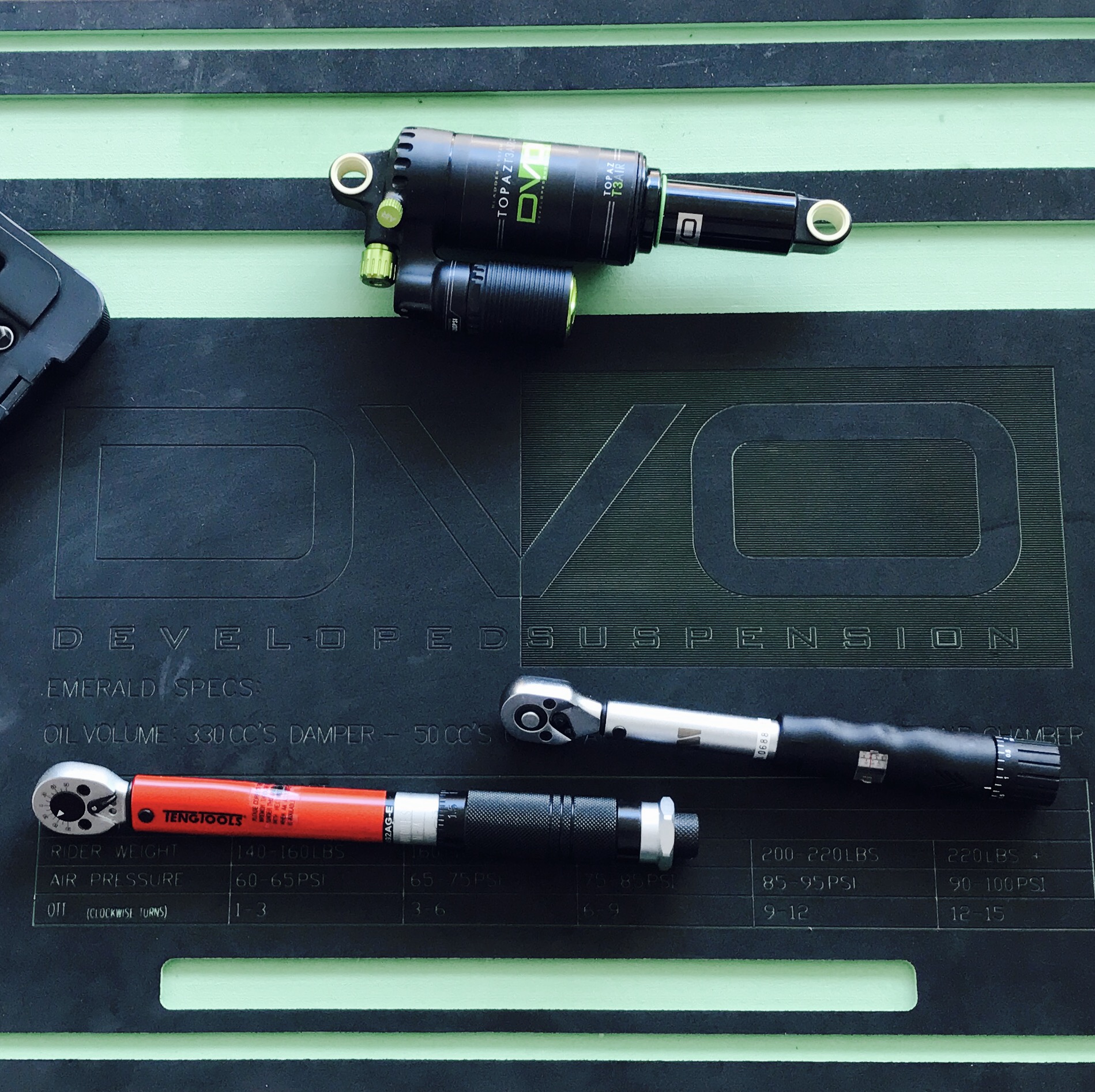
by Dom
Why do we need to use a torque wrench?
The simple explanation for people who aren’t rocket scientists is… If you under-tighten your bolts they can obviously work loose or, if you over-tighten, it can damage your bike, strip the thread from the bolt, or even snap the bolt in the mating thread. Any of which could result in a costly repair or even a serious accident.
The importance of torque has become ever more critical in recent years because of the thinner, lighter, more exotic components.
Bike companies are using more and more materials like carbon fibre, aluminum and even titanium to save weight, but as a result the components have become more delicate. Engineers of these products therefore spend a lot of time experimenting to discover the correct torque for each application.
As a result, at Recoil, we always use the torque settings stated by the manufacturers. Also, as a side note, when assembling items made from carbon fibre it’s a good idea to use a carbon grip paste to add a little bit of extra grip to prevent slip, or movement, when the component is in use.
Should you use a torque wrench at home?
I get it, I really do. I’ve been there. You assume you don’t need a torque wrench as you can tell by ‘feel’ that you’ve tightened everything right. Unfortunately that’s old-school thinking. My wife could come and tighten some bolts for me and her ‘feel’ would be completely different to mine, believe me.
So, if something on your bike needs replacing, or you want to adjust your bike fit by adjusting things like your seatpost height or handlebar tilt, then a torque wrench will make sure you are tightening everything back up to the correct level.
So, yes, when completing a routine service of your bike, you should make it standard practice to check every nut and bolt with a torque wrench. It gives you peace of mind and prevents unnecessary, and costly, damage.
What kind of torque wrenches are there?
Pre-set torque keys, which have a pre-determined factory setting, will satisfy the needs of most home bike mechanics working with bolts with a similar torque recommendation, often 5nM. You’ll find pre-set torque drivers from the likes of Park Tool, Bontrager and Sealey. Park Tool’s excellent ATD-1 makes things easier as it is an adjustable, pre-set torque driver, with five settings between 4 and 6nM, and supplied with 3, 4 & 5mm Allen key and Torx 25 bits.
You can by an adjustable torque wrench from Amazon, or similar, for about £30.00 and this will cover most of the needs any home mechanic would have.
How to use a torque wrench properly.
You may be thinking that it isn’t difficult, but there are some important things to look, and importantly, listen out for when using a torque wrench. First of all knowing when your wrench has reached the correct torque is very important. All torque wrenches have a different sound or feel. But knowing how that ‘click’ sounds and feels is very important because you can easily keep tightening after the wrench has met its torque setting.
Secondly, don’t be tempted to give it one last twist once you’ve reached the correct setting – trust in your torque wrench, it’s what its there for.
For best practice always start with the lowest recommended level of torque. You can always tighten upwards to the maximum suggested level if something slips or gives, but if you start at the top you have given yourself nowhere to move. Try to use your common sense with the given limits.
Also you need to take into consideration the condition of the bolts etc. If threads are covered in rust or old Loctite, then the torque reading will not be accurate because of the excess friction on the threads. Therefore ensure all your contact points are clean and in good condition and a little grease is applied where appropriate. A tap and die set would be handy for the situation described to enable the contact threads to be cleaned thoroughly.
Finally, where you have two or more bolts holding a component to your frame tightening should be shared between them. E.g. each bolt should be tightened a fraction until all bolts are nearly at torque before the required final turn. You should never tighten one bolt to full torque, then tighten the others in a multiple bolt situation.
Don’t forget to sign up to our Newletter to get more servicing tips and ideas.
Recommended Posts
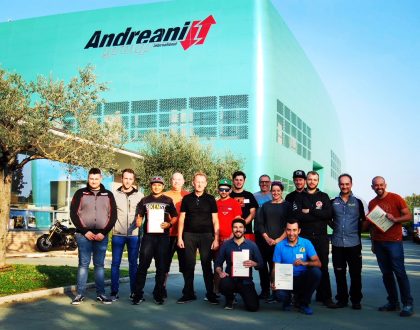
Andreani Approved Service Centre
October 14, 2017
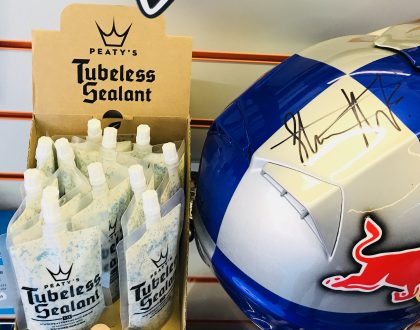
Peaty’s Sealant In Stock Now
September 1, 2017
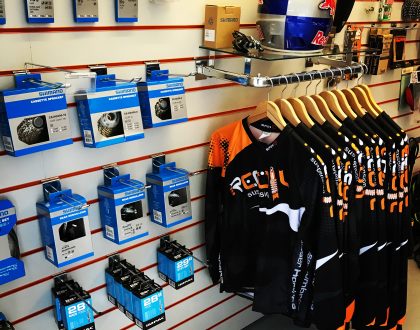
The All New Recoil Suspension Jersey Has Arrived!
July 28, 2017

